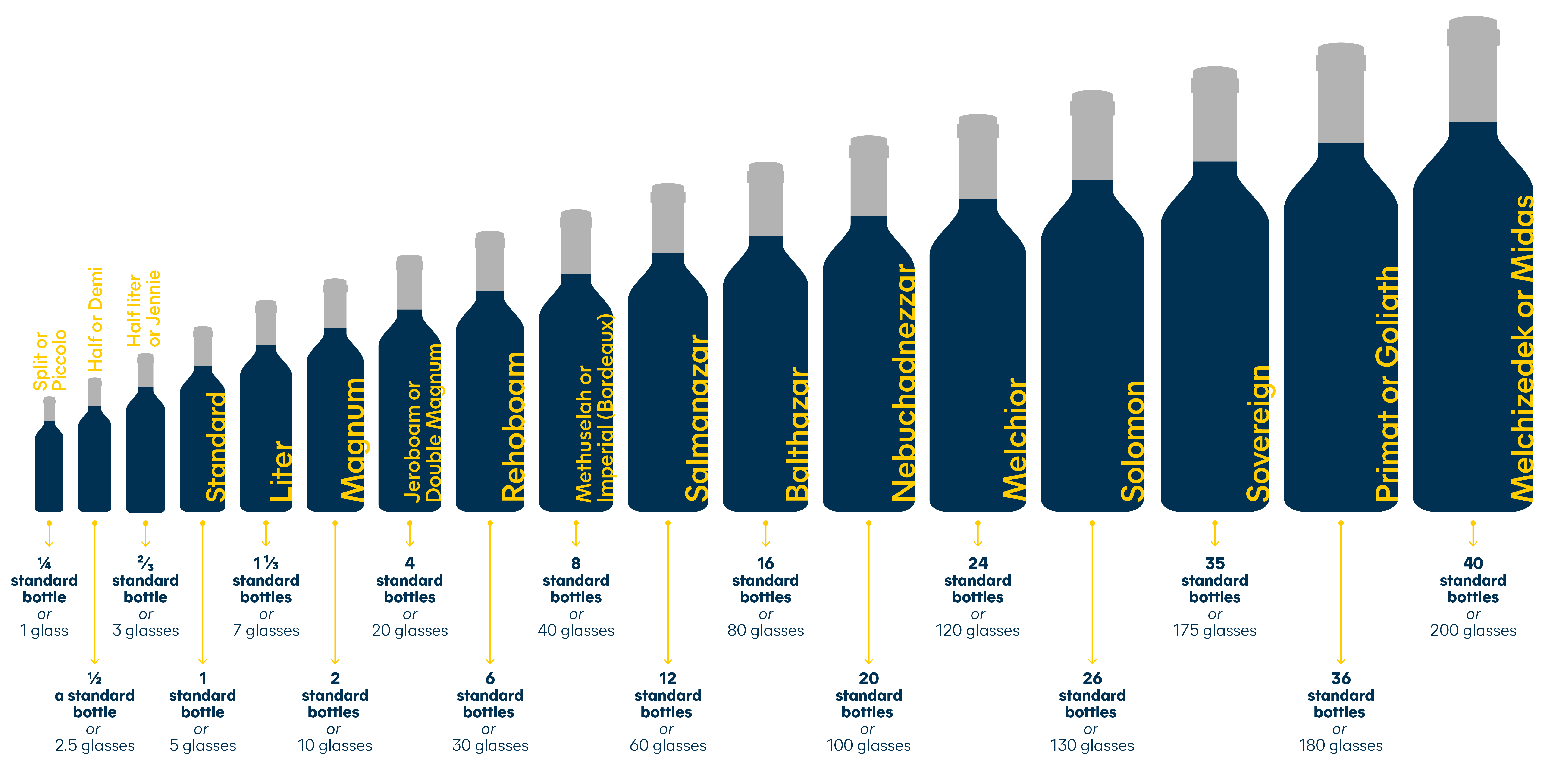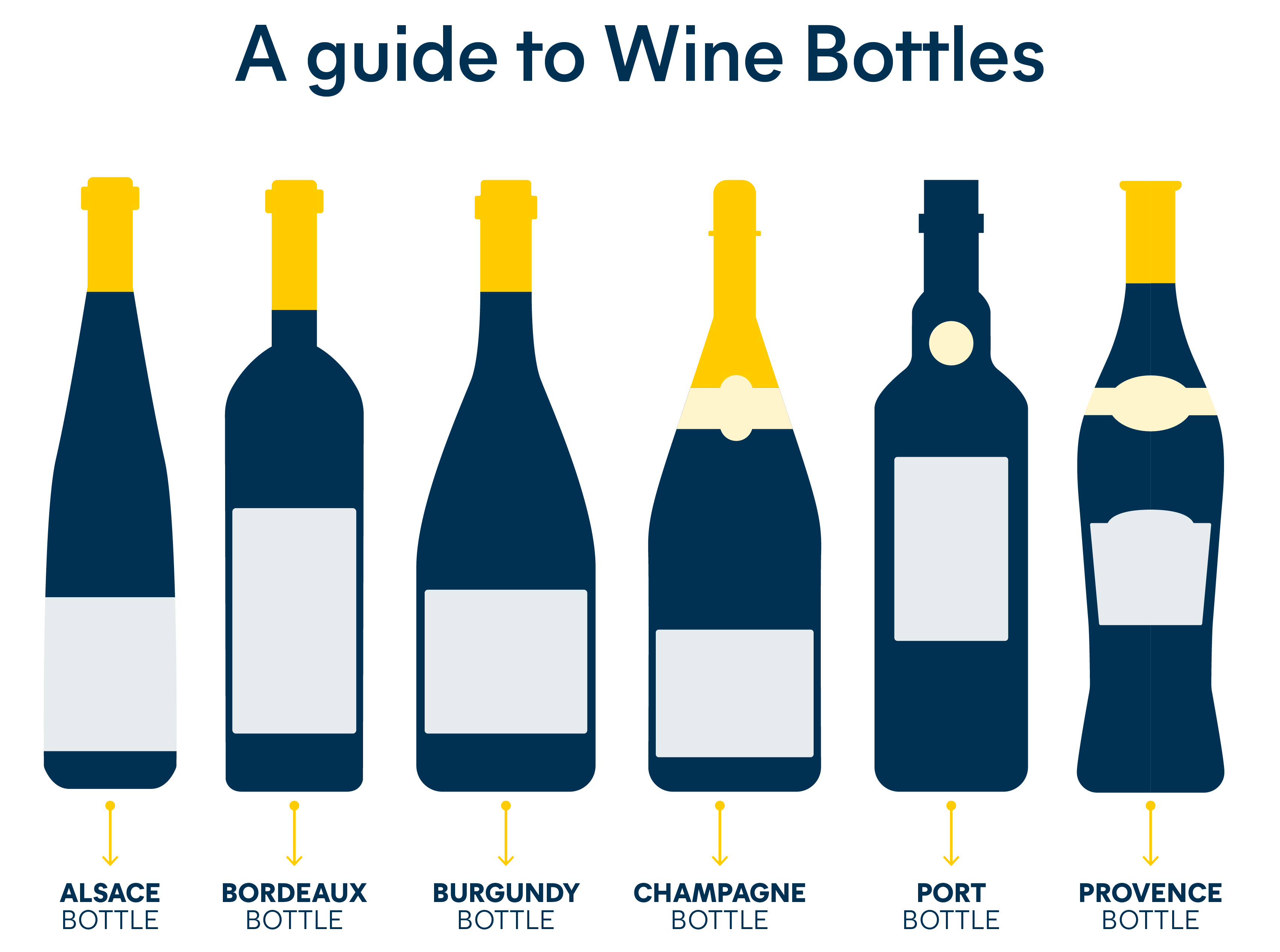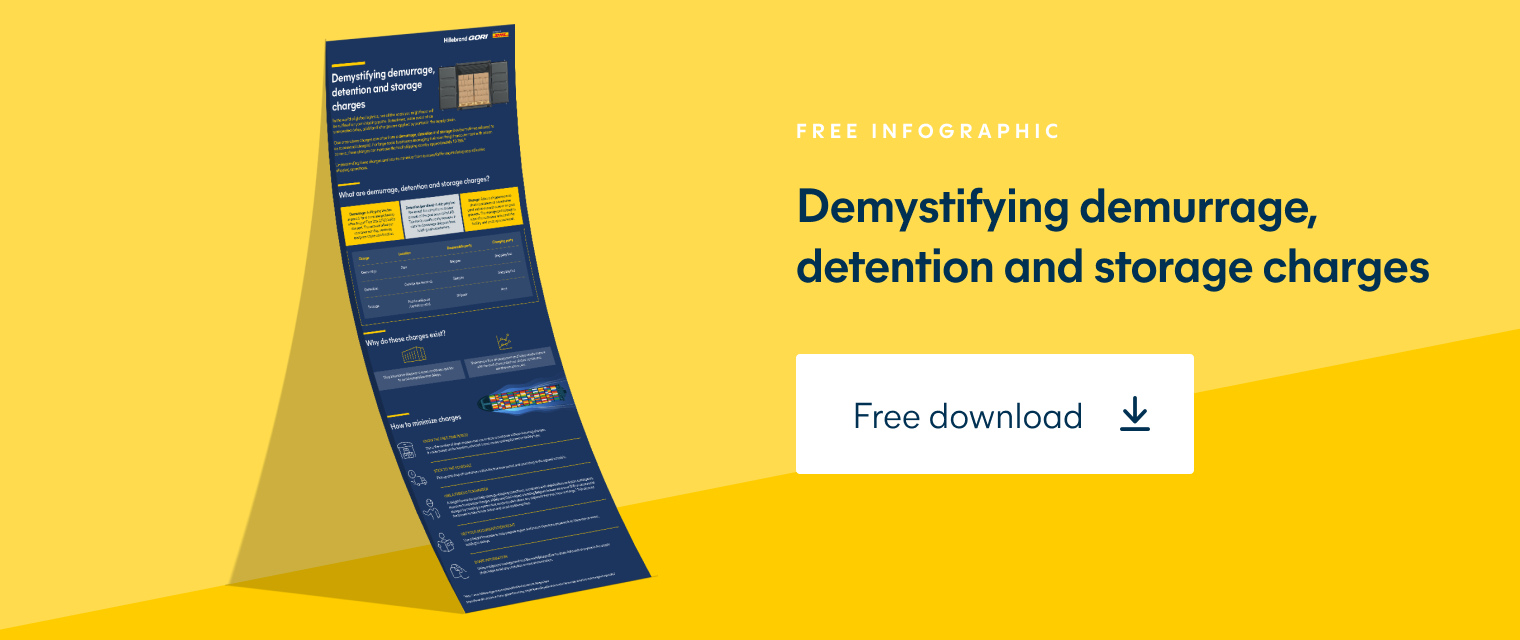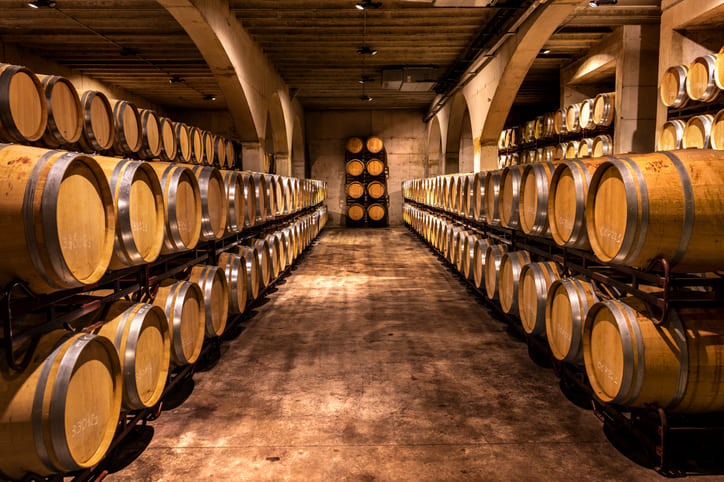Share this post
Understand wine bottle dimensions in 5 minutes
Who’s up for brushing up on their general knowledge? When it comes to wine, the bottle and its size can tell you a lot about what’s inside. Being armed with a bit of insight into wine bottle dimensions can not only impress your mates, but also help you pick a bottle that’s just right for the occasion.
So, let’s take a look at our guide to the world of wine bottles and top up on some trivia.
How many glasses of wine are in a bottle?
A standard bottle of wine holds about five glasses of wine.
But, did you know that there are seventeen sizes of wine bottles?
They range from the quarter bottle Split or Piccolo, which holds just over one glass or 187 milliliters (ml), to the whopping great 18-liter (L) Melchizedek, also known as a Midas, which holds 200 glasses or 40 standard bottles. If you’re wondering why the names Melchizedek and Midas seem strangely familiar, here’s a fact to add to your general knowledge: wine bottle formats over three liters are named after biblical figures.
There’s no rhyme or reason to the order in which they were named, and no one really knows how the names really came about. But, it definitely makes ordering one a bit more special. Asking for “a Balthasar, please” rather than “a 12-liter bottle, please,” has a more regal ring to it.
Here’s a graphic to help you understand the different wine bottle dimensions:

Why do wine bottles have an indented bottom?
The indentation found on the bottom of a wine bottle is known as a punt.
The punt can range in depth from nearly flat on Rhine bottles to quite deep on sparkling wines.
It serves a variety of purposes, which include:
- Preventing sediment from pouring out with the wine. It does this by allowing sediment to settle in the divot.
- Making it easier for the server to pour the wine, pressing their thumb into the dent. Something you’ll experience in nearly every restaurant or wine bar of note. Pouring from a grip around the bottle is classed as “uncouth.”
Strengthening sparkling wine bottles, so it can withstand the high pressure of the wine during secondary fermentation that takes place in the bottle.
Let’s take a closer look at wine bottle anatomy.
What are the different parts of a wine bottle called?
There’s a variety of sizes and shapes, but wine bottles share many features in common.
Here are the common features of a bottle:
Neck
The neck, which sits below the rim, can vary in length can be long or short depending on the bottle’s design and style. For example, Burgundy bottles have longer necks than Bordeaux-style bottles.
Shoulder
The shoulder starts where the bottle slopes outwards after the neck. Shoulders can be high, mid, or low, and gently or sharply sloping.
Body
The body is the central part of the bottle. It is usually cylindrical, but differences in wine bottle dimensions can lead to various shapes.
Punt heel
Around the edge of the punt is the heel, which is basically the bottom rim the bottle rests on when standing upright.
Common features for the packaging include the following features.
Closure
At the very top, you’ll find the closure which keeps wine bottles sealed shut. It can be made of natural or plastic cork, synthetic rubber or screw cap.
Capsule
Most bottles have a cover over their closure called a capsule or foil. The type of material used to make capsules include:
- Aluminum
- Plastic
- Sealing wax
- Tin
Capsules provide a decorative and protective covering for the closure, which helps maintain the wine’s flavor and freshness.
Label
Labels sit on the front and/or rear of the body to show essential information such as:
- Alcohol content
- Origin
- Varietal
- Vintage
- Volume
Labels also serve as a marketing tool because they're a visual representation of the brand and may include images, logos and descriptions. The design can help customers identify the wine, make it stand out on shelves and give an idea of what to expect from the product.
What are the different wine bottle dimensions and shapes?
Although it’s becoming more fashionable now for wineries and champagne houses to create bespoke bottles to help distinguish their brand, the shape of most wine bottles is pretty standard across the world.
Unlike the size of the bottle, the name given to the shape is less mysterious. They’re named after the wine region where they originated, and each bottle’s unique shape is the result of local glassmaking traditions.
The variations in design and shape reflect the rich diversity of techniques passed down through generations. New World wine producers often choose specific bottle shapes that link their wines to similar Old World styles in their customers’ minds.
Read on for a brief round-up of the most common types of wine bottles.
Popular wine bottle shapes
Alsace
This is a tall and thin bottle with long sloping shoulders. It’s also called a Mosel, the Flûte d’Alsace or a Germanic bottle.
It’s mainly used for wine from the following regions:
- Alsace (France)
- Mosel (Germany)
- Platz (Germany)
- Reinhau (Germany)
Riesling and Muller Thurgau grapes in the Alsace region in France and Mosel in Germany. You can tell if it’s a French Riesling because the bottle will usually be brown. If it’s a German wine, it’s typically green.
Some believe the bottle's shape helps to enhance the aging process and accentuate the floral and spicy aromas of these wines. The typical wine bottle dimensions of an Alsace bottle are 13.75” (inches) in height and 3.1” in width or 349.25 by 78.74 millimeters (mm).
Bocksbeutel
A flattened bottle with a short neck and a pot belly from Franconia in Germany. In the EU, it’s a protected bottle shape. Sometimes used for Italian, Greek, and Portuguese wines too.
Bordeaux
Also called a Bordelaise or Frontignan, this is probably the most common wine bottle shape in the world.
It’s tall and straight with high shoulders and a deep punt. Dark green glass tells you it’s a red wine and light green glass means white wine. This style is used for wine from grapes like Cabernet Sauvignon, Chenin Blanc, Malbec, Merlot, and Sauvignon Blanc is Bordeaux - where the bottle comes from.
The typical dimensions are 11.5-13” in height and 3-3.75” in width (292 by 75 mm).
Burgundy
A Burgundy or Bourguignonne bottle comes from Bourgogne where Pinot Noir and Chardonnay are produced. Compared to a Bordeaux, it has a wide, slightly flared body, and gently sloping shoulders and long neck. It comes in brown or green colored glass. The typical dimensions are 11.25-12/25” in height and 3-3.75” in width (292 by 75 mm).
Champagne
Champagne bottles are easily recognizable due to their unique shape, featuring wide and sloping shoulders. They’re thicker than regular wine bottles and have a more pronounced punt.
The neck of a Champagne bottle is typically shorter and wider in diameter. The bottle’s design allows it to withstand the pressure caused by the carbon dioxide gas produced during fermentation.
This makes it ideal for sparkling wines, which undergo a secondary fermentation process to produce the bubbles. The typical dimensions for a Champagne bottle are 12.5” in height and 3.5” in width (317.5 by 88.9 mm).
Clavelin
The Clavelin is a bottle shape that can only be used for Vin Jaune from the Jura region in eastern France. The short and stout bottle holds only 620 ml of wine rather than the usual 750 ml.
Fiasco
A unique style of Italian bottle, traditionally used for Chianti. It’s fat and round and sits in a protective straw basket. Here’s a bit of trivia: it was first mentioned in a book written in the 14th Century. The dimensions of a Fiasco bottle are 13.2” in height and 5.9” in width (335.28 by 149.86 mm).
Port
This black glass bottle for port, Madeira, and other fortified wines typically have a stout, squarish appearance, featuring a cylindrical body with straight sides. Sometimes it has a slight bulb at the neck to keep sediment from flowing into the glass. It also has a deep punt.
This distinct shape helps facilitate the aging process of fortified and often sweet Port wines. Additionally, the dark color of the bottle serves as a protective shield, preventing light exposure that could harm the quality of the wine.
The typical dimensions for a Port bottle are 9.96” in height and 3.47” in width (253 by 882 mm).
Here are a few of the classic shapes you’ll find on the shelves:

- Alsace bottle: Tall and thin with long sloping shoulders.
- Bordeaux bottle: The most comment on the shelf with straight sides and high shoulders.
- Burgundy bottle: Distinctive sloping shoulders and long neck.
- Champagne bottle: Synonymous design for sparkling wines. Heavy and thick.
- Port bottle: Stout and squarish appearance, with a distinctive bulb.
- Provence bottle: Easily identifiable hourglass-like shape.
Wine bottle dimensions: Can we help you with your wine shipments?
Here at Hillebrand Gori, we want to help you make the most of our wine shipping solutions. Contact us today to discuss your specific needs and request a custom quote.
Published 05th April 2023, updated 02nd January 2024
Different dimensions serve aesthetic purposes and aid in preserving and aging the wine inside. For example, the larger size of a wine allows for slower and more gradual oxygen exchange, resulting in a better aging process.
It’s important to consider storage space and transportation. Smaller bottles take up less space in racks and are easier to handle during shipping. Larger bottles may require special storage arrangements and have higher shipping costs. You should also consider any regulations on wine bottle sizes a country may have. Partnering with a freight forwarder like Hillebrand Gori can help you navigate these regulations.
Yes, the same wine can taste different when stored in different bottle sizes. This is because the ratio of oxygen to wine inside the bottle can affect how it ages and develops.
Dimensions vary depending on the dimension of the bottle, but a rack with a depth of at least 14.5 inches (37 centimeters) can typically hold most standard wine bottles.
How can we help your business grow?





